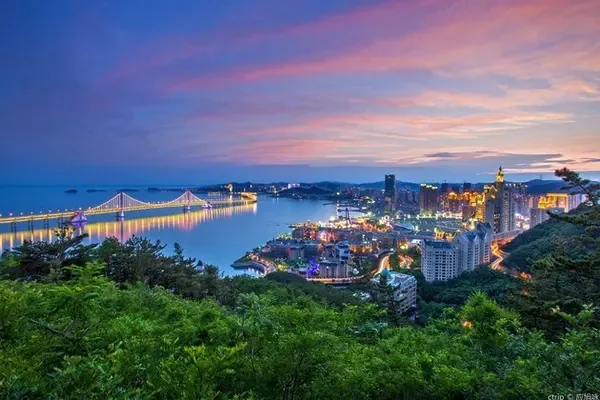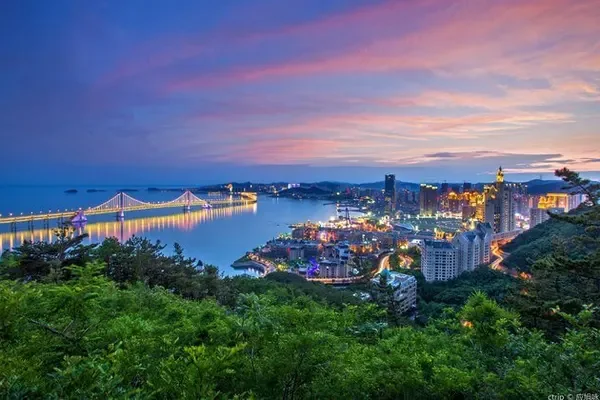introduce
The Luoyang Museum is located on the south bank of the Luo River, on the north side of the Sui and Tang City Ruins Botanical Garden. Although Luoyang Museum is a museum in a prefecture-level city, the quantity and quality of its collections are comparable to many provincial-level museums. You can come here to fully experience the long history and culture of the ancient capital of Luoyang.
The museum is currently open to the public free of charge. After receiving the ticket at the ticket office at the gate, you can enter the museum to visit. The museum consists of a main building and an auxiliary building. There is an electronic browsing machine at the entrance of the first floor of the main building. It introduces some treasures of the town hall. You can browse them first to get an overview.
The main building of the museum has two floors. The first floor is generally for general exhibitions. The second floor is for the museum’s boutique exhibitions. The museum’s special palace cultural exhibitions are also located on the second floor. Although the first floor is for general exhibitions, the cultural relics on display will also amaze you. , Luoyang's unique status as the ancient capital of the thirteen dynasties, there are naturally many rare treasures in the collection of cultural relics. When you enter the main building for sightseeing, you can start from the basic exhibition "Heluo Civilization" on the first floor. From here, you can look back at the history of the civilization changes of Luoyang's thousand-year-old capital, and then go to the special exhibitions such as the "Exhibition Exhibition" and the Palace Culture Exhibition on the second floor. visit.
In the Luoyang Museum, you can see the bronze wine vessel "Bronze Jue with Milk Nail Pattern" of the Xia Dynasty known as "China's No. 1 Noble"; Gold and silver are used as decorations, using techniques such as gilding, interlacing gold and silver, etc. The gold and silver inlays are symmetrical and harmonious, and the decoration is gorgeous; as well as the "clay sculpture human face" of the Northern Wei Dynasty, although the original color painting of this Buddha statue was lost due to the fire. , but these did not affect her beauty at all; while the three-colored lanterns and three-colored horses in the Tang Dynasty were brightly colored and unique in shape. The traditional composition rule of "circle, square and circle" embodies the unrestrained and upward style of the Tang Empire.
In addition to the cultural relics unearthed locally, the Luoyang Museum also accepted a batch of treasures assigned by the Palace Museum, so you can also see collections from the Palace Museum here, such as: Nepalese-style "Gold-gilded Bronze Guanyin", this Buddha statue is as high as It is 1 meter tall, with a large body and relatively rare sitting posture; there is also the "silver gilt statue of Tsongkhapa". Statues of the Qing Dynasty royal family worshiping the Buddha.
The display location of museum collections is sometimes adjusted, and the specific location can be consulted with the staff on site. Visitors can also rent an interpreter or hire an interpreter on the first floor of the museum.
opening hours
Closed on Mondays throughout the year Tuesday to Sunday 09:00-17:00 (last admission 16:30); National Day 09:00-17:00 (last admission 16:30)


